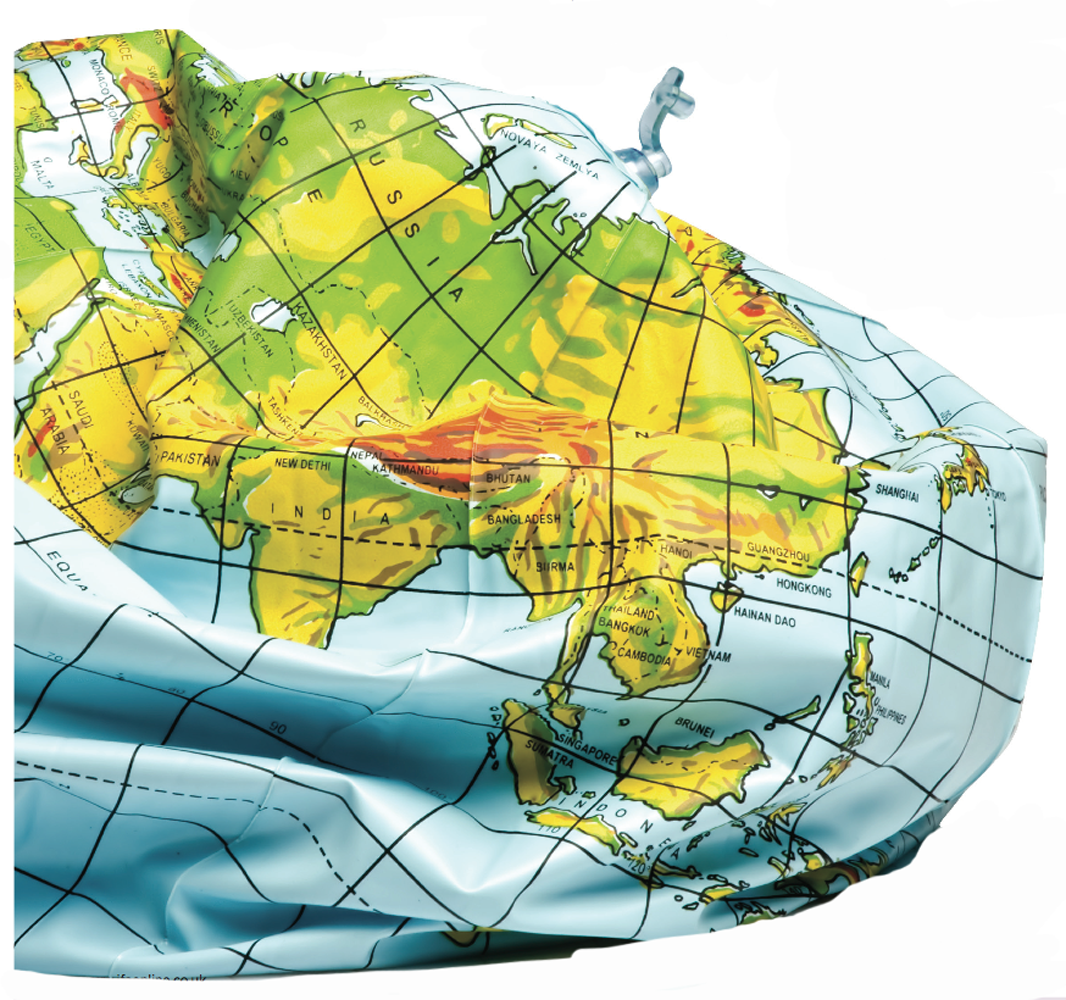Experienced Investor
Diversifying your portfolio: why trends are more important than geography

Investing across different regions is one method of portfolio diversification. But with the rise of globalisation and ‘mega trends’, two fund managers explain why investing geographically may no longer be the best strategy.
Investors will know it is important to diversify a portfolio in order to spread the risk that comes with market volatility.
One traditional diversification strategy is to invest in different geographic regions, so having exposure to the UK, Europe and Asia, for example.
But with the rise of globalisation – the interconnection of economies around the world – and ‘mega trends’ such as the rapid growth of technology, investing by region may no longer be the best approach.
David Coombs, head of multi-asset investments at fund management firm Rathbone Unit Trust Management, says up until last year, his strategy was to target growth by country. But he became “disillusioned” with this approach, citing the example of Coca Cola which is listed in the US but sells products all around the world.
“There’s no equivalent [company] in Europe or say in France so you’re not comparing like-for-like. Its revenue is generated from a global backing, not just from where it’s listed so the stock market doesn’t reflect the total economy,” he says.
Instead, since October 2015, Coombs has moved towards investing in direct shares, rather than just funds and built a portfolio based on the backdrop of the current low growth environment. He looks for companies that will grow irrespective of location and macro-economic issues.
“I’m nervous of using the term mega trend as it sounds more like a marketing gimmick rather than an investment strategy, but I’m looking for companies that are strong globally, that have disturbed the existing sectors, have the best products and satisfied customers,” he says.
Two stocks he has added to his portfolio are Google (via Alphabet) and Visa.
“Google is the dominant internet search so it doesn’t matter if, for example, Japan’s economy were to fall. As we move away from a cashless society, Visa is set to benefit from this mega trend,” he says.
He steers away from “old companies in old industries” such as Sainsbury’s, M&S, Amazon and Microsoft, which are challenged by new exciting competitors.
Instead he’s eyeing technological and biotechnology companies, such as Amgen and Kuka. The latter seeks to replace so-called mundane human tasks with robotics as anything which can trade low skilled labour for machines, both in industry and at home, is a long term theme. He admits replacing low skilled workers with robots is a “moral question so we have to be sensitive” but he says “it will happen”.
Ali Unwin of Neptune Investment Management, who runs a global technology fund, says the best example of why geographical investing is “slightly meaningless” is the iPhone, which is available in 100 different countries and is a truly global product in terms of where it is sold, even though Apple, its manufacturer, is a US company.
He is focusing on a number of trends that will start to bite and he is “worrying less” about geographical investing.
“Demographics is an interesting one as we see the impact within the tech space. Video gaming is much bigger than movies and music due to the rise of single child households in China and Japan. Online video gaming is a much higher activity now which is why spending is so much bigger in recent years.”
Echoing Coombs, he says the most important mega trend feeds into the automation of jobs and robotics and anything that includes software.
Taking a “barbell approach”, he picks mega cap big cloud players like electric grid computing, plus Microsoft, Amazon and Google as he’ll “rarely hold smaller companies as they can’t compete on price”, though he doesn’t hold much in traditional large cap IT companies as he believes these will struggle.